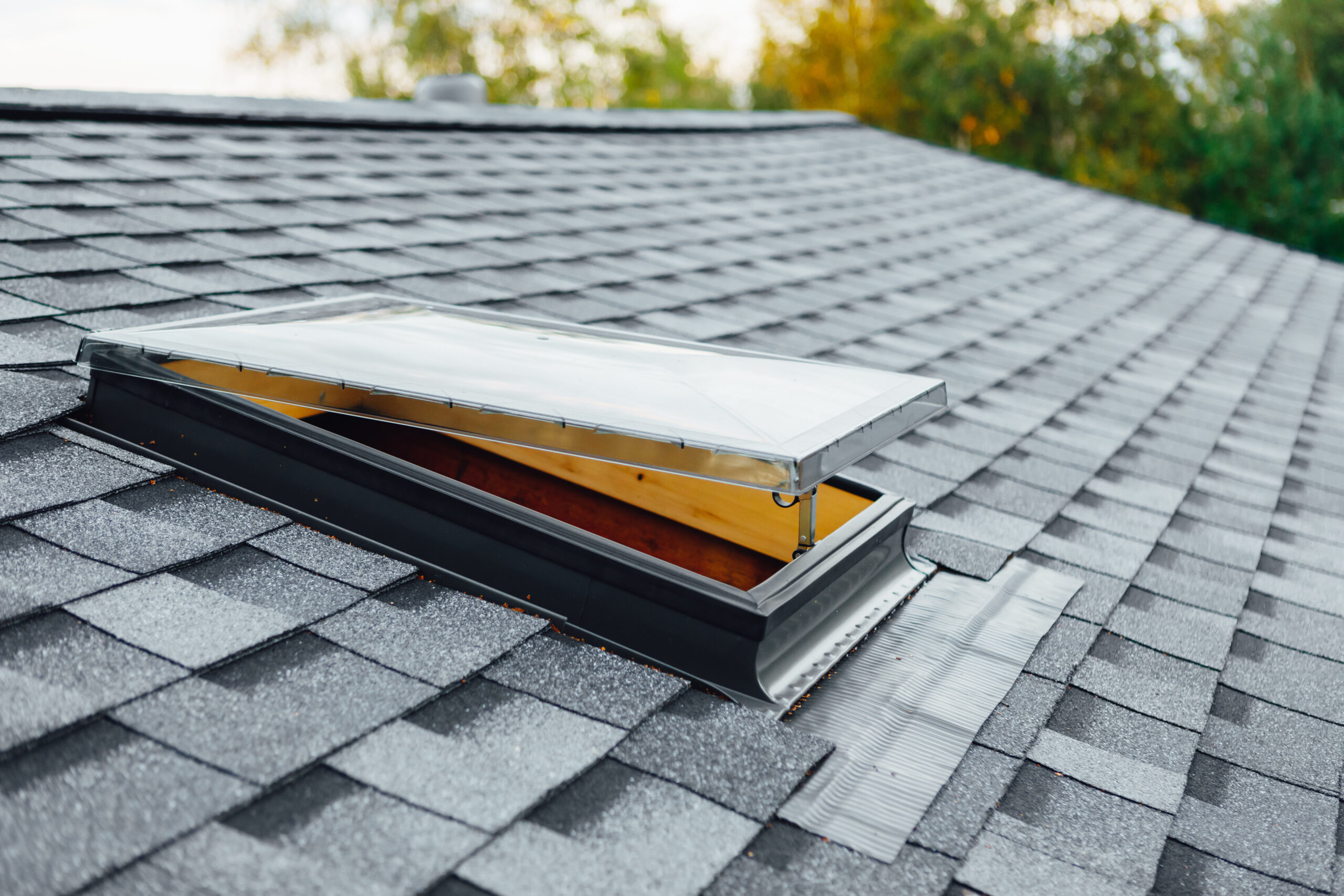- Home
- Services
Residential Services
Commercial Services
Additional Services
- Areas We Serve
- Financing
- Resources
- About us
- Contact Us
Setting the Standard in AZ Roofing Since 1993
Homeowners across Arizona often appreciate tile roofs for their style and durability. But what many don’t realize is how much the ventilation beneath those tiles impacts indoor comfort and long-term energy costs. A tile roof does more than protect your home from the elements; it also affects how heat moves through your attic and, ultimately, how much your air conditioning has to work. In hot climates like Phoenix and Tucson, proper tile roof ventilation can make a real difference in how your home performs year-round.

Let’s break down why roof ventilation matters, how tile systems create natural airflow, and what you can do to keep your home cooler and more efficient.
Tile roofs function differently from other roofing materials. Their design allows a small air gap between the tiles and the roof deck, creating a natural airflow system. This space acts as a thermal buffer, helping to release built-up heat instead of trapping it. Without proper ventilation, that heat can transfer directly into your attic, causing indoor temperatures to rise and energy usage to spike.
Ventilation allows cooler outdoor air to enter through the eaves while hot air escapes through ridge vents or other exhaust outlets. This constant exchange reduces attic temperatures, helps balance indoor climate, and relieves stress on insulation and air conditioning systems. In a place like Phoenix, where attic spaces can exceed 150°F in summer, proper ventilation can significantly lower those temperatures.
When heat cannot escape efficiently, it lingers inside the attic and radiates downward into your home. The attic becomes a heat reservoir, forcing your air conditioning to work overtime. Prolonged heat exposure can also damage roof underlayment, dry out insulation, and cause wooden rafters or trusses to expand and contract repeatedly. Over time, this leads to roof system fatigue, moisture problems, and shorter material lifespan.
In contrast, a well-ventilated attic stays closer to the outdoor temperature. Even a 10–15°F reduction in attic heat can reduce cooling costs, prevent underlayment decay, and improve indoor comfort during long Arizona summers.
The best-performing tile roof ventilation systems combine intake and exhaust components. Air must move freely in and out to balance attic pressure and temperature.
Key ventilation components include:
When these elements work together, airflow circulates naturally, reducing hot spots and keeping the roof deck and attic materials stable even under direct desert sun.
A properly ventilated tile roof does more than protect your roofing system, it helps manage your home’s overall energy use. The constant air movement beneath tile roofs reduces the amount of heat that transfers into your living space. This means your HVAC system runs less often and for shorter periods, lowering energy consumption and extending the life of your air conditioner.
In some cases, homeowners with optimized tile roof ventilation report noticeable reductions in summer utility bills. The energy savings may vary, but the improved comfort and reduced strain on your home’s systems are consistent benefits.
Another hidden advantage is the prevention of moisture buildup in winter. Even in Arizona’s dry climate, overnight temperature drops can cause condensation in poorly ventilated attics. That moisture can weaken roof decking, encourage mold growth, and damage insulation. Proper ventilation ensures moisture escapes before it causes trouble.
Homeowners often overlook ventilation issues until visible damage appears. Recognizing the early signs can help you avoid bigger problems.
Watch for these warning indicators:
Addressing ventilation problems promptly helps preserve both your roof and your home’s comfort.
If your roof is older or showing signs of wear, a professional inspection can reveal whether your ventilation system is doing its job. During maintenance or replacement, roofers can integrate modern ventilation solutions like continuous ridge vents, updated soffit systems, or raised battens that enhance airflow under the tiles.
Lyons Roofing often uses thermal imaging and attic diagnostics to pinpoint airflow restrictions or temperature imbalances. This helps ensure your tile roof system not only looks good but performs efficiently for years to come.
Phoenix and Tucson experience some of the highest roof temperatures in the country. Sun exposure, monsoon humidity, and daily temperature swings all stress roofing materials. Proper ventilation acts like pressure relief, it minimizes the thermal load on tiles, underlayment, and the attic structure.
Even small upgrades, like adding more soffit vents or clearing blocked intake paths, can yield noticeable results. Without these improvements, heat trapped under the tiles accelerates material fatigue and raises indoor cooling demands.
Tile roofs in Arizona face specific challenges due to the climate and installation variations. Our experts regularly address problems like:
Lyons Roofing resolves these issues with professional inspections, balanced ventilation systems, and long-lasting repair methods tailored to Arizona homes.
How often should my tile roof ventilation be checked?
A professional should inspect your ventilation every two to three years or after any major roof repair. Regular checks help maintain consistent airflow and prevent heat buildup.
Can poor ventilation damage my roof tiles?
Yes. Excessive attic heat can cause underlayment deterioration and make roof tiles expand and contract, eventually leading to cracking or shifting.
Do ridge vents work well on tile roofs?
Yes. Ridge vents, when installed correctly, are effective on tile roofs. They allow trapped heat to escape evenly, improving roof performance.
How can I tell if my attic is overheating?
A noticeable rise in your upstairs room temperatures or a musty smell in the attic often signals inadequate ventilation.
Can better ventilation lower my cooling bills in Arizona?
Absolutely. Proper ventilation helps your home maintain stable indoor temperatures, reducing the load on your air conditioner and saving on energy costs.
Protect your investment and boost energy efficiency with tile roof ventilation services by Lyons Roofing. Schedule your free roof assessment today at (520) 442-1121.